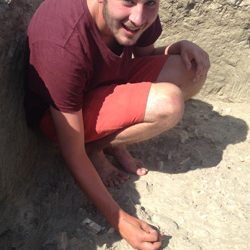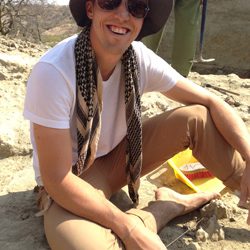The 3D Imaging and Analysis Laboratory is used for collecting and analyzing high-resolution 3D data to describe and interpret archaeological material. The primary focus of research in this lab is on the 3D scanning and analysis of feeding traces found on the surfaces of fossil bones.
Equipment & Software
- Nanovea ST 400 confocal profilometer equipped with 3 mm and 20 mm optical pens.
- Sensofar S Neox 3D optical profilometer equipped with 5x, 10x, 20x, and 50x objectives
- Artec Eva 3D scanner
- Artec Space spider 3D scanner
- Next-engine 3-D scanner
- Digital Surf Mountains map 3-D analysis, imaging and surface metrology software
Collections
- Dr. Salvatore Capaldo’s actualistic collection of human and carnivore modified bone collected through experimental and naturalistic observation in the Serengeti and Ngorongoro ecosystems of Tanzania.
- Trevor Keevil’s (MA '18) experimental collection of cut marked bones
- Matthew Muttart’s (MA '17) experimental collection of carnivore tooth marked bones
- Graduate Student Emily Orlikoff’s collection of trampled bone
- Associate Professor and Lab Director Michael Pante’s collection of hammerstone broken bones
Publications
- Pante, M.C., Muttart, M., Keevil, T., Blumenschine, R.J., Njau, J.K., Merritt, S.M. (2017). A new high-resolution 3D quantitative method for identifying bone surface modifications with implications for the Early Stone Age archaeological record. Journal of Human Evolution 102, 1-11. (Impact factor 4.5)
- Braun, D., Pante, M.C., Acher, W. (2016). Cut marks on bone surfaces: Influences on variation in the form of traces of ancient behavior. Royal Societies Interface focus 6(2), 2016.0006. (Impact factor 2.6)
- Gümrükçü, M., Pante, M. (2018). Assessing the Effects of Fluvial Abrasion on Bone Surface Modifications Using High-Resolution 3D Scanning. Journal of Archaeological Science: Reports 21, 208-221. (Impact factor 1.2)


